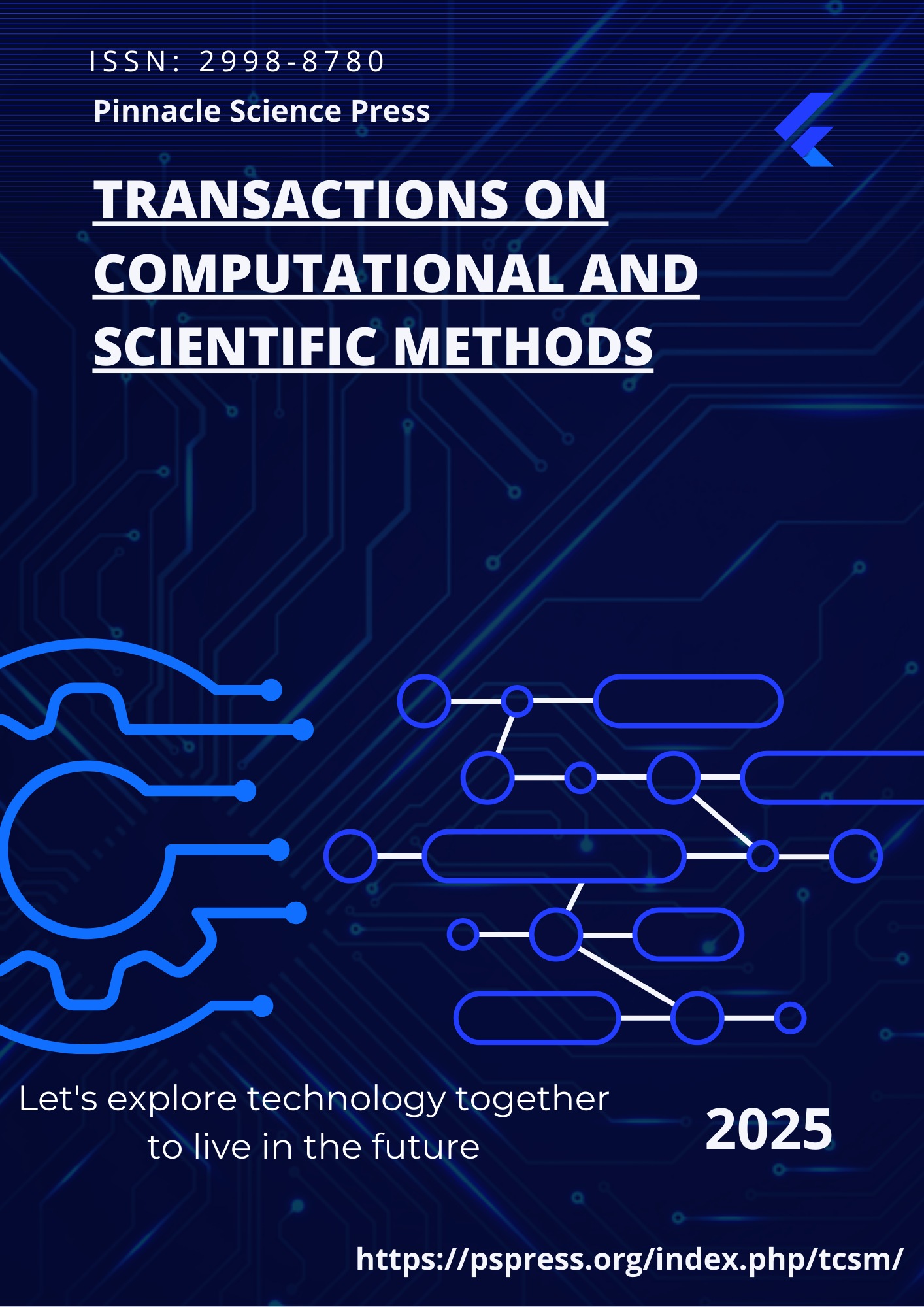Toward Safe and Scalable Autonomy: A Comprehensive Review of Technologies, Deployments, and Challenges in Autonomous Driving

Abstract
Autonomous driving represents one of the most complex and promising technological frontiers of the 21st century. Fueled by advances in artificial intelligence, sensor fusion, real-time computing, and systems engineering, autonomous vehicles (AVs) are gradually transitioning from research prototypes to real-world deployments across passenger transportation, logistics, and industrial automation. This paper presents a comprehensive review of the autonomous driving domain, spanning seven major areas: historical development, core subsystems, system-level integration, application scenarios, deployment strategies, technical challenges, and future directions.We examine the evolution of AV technologies from early academic experiments to DARPA competitions and modern commercial platforms. Key modules such as perception, localization, high-definition mapping, prediction, planning, and control are analyzed with attention to their architectural coupling and real-time requirements. Deployment case studies in robotaxis, autonomous trucking, smart ports, shuttles, and ADAS-equipped vehicles illustrate the diversity and maturity of AV applications across global markets. The review also highlights the persistent challenges in safety assurance, corner-case handling, regulatory frameworks, data efficiency, and ethical responsibility.Looking forward, we identify key trends—such as simulation-enhanced training, V2X infrastructure, edge-AI hardware, and data flywheel systems—that are shaping the next phase of autonomy. Ultimately, this paper aims to provide a roadmap for researchers, practitioners, and policymakers seeking to understand and accelerate the development of safe, scalable, and human-centric autonomous mobility systems.